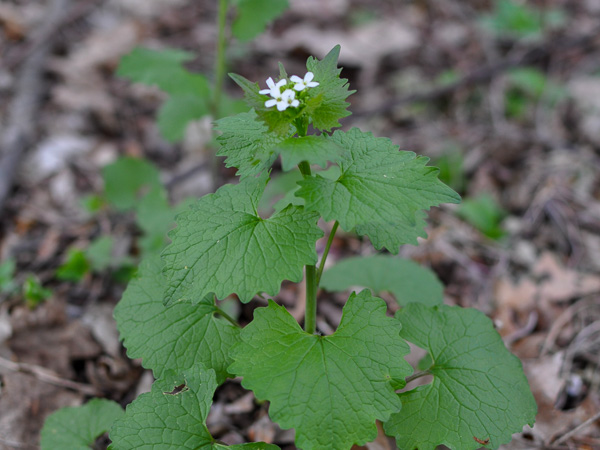
Pruning and the Art of Landscape Design
March 15, 2016
6 Key Principles for Drought Tolerant Landscape Design
September 8, 20162 Key Strategies in the War with Weeds

In this post I want to focus on just two key interrelated high-level strategies in the war with weeds in the context of natural landscaping:1 – where to first focus weeding efforts
2 – timing of weeding efforts
My own definition of a weed is “a plant in a place where it’s not wanted”. That’s a broad and generous definition with plenty of discretion left to the “gardener” or “land steward” for a given place. Even so, the war against weeds is a deep well of topics and points of discussion. I want to focus on just these two and as is the case with most of my posts, my focus is on natural landscaped areas – where a plant community based approach of desired vegetation provides the principle means of weed exclusion. I’m not really talking about a heavily mulched garden border here.
Where to focus efforts first?
The answer to this comes from the science based world of landscape ecology and restoration. These experts say that the first place to focus restoration effort is on the least disturbed or best areas, with lesser priority assigned to increasingly disturbed areas. At first blush this seems counter-intuitive but I‘ve applied this principle to my own landscape for some years now and see the value and logic in it. I believe that our war with weeds in our landscapes is analogous to large scale landscape restoration and as such I believe that the philosophy of focus on the best areas first applies equally well to weeding on a smaller scale in our own personal landscapes.
In today’s world where invasive exotics and weeds of all sorts are a burden we all must accept, there are no “safe” zones where we can assume weeds will not want to inhabit and eventually dominate. Consider too that our “best” and least weedy landscapes are the most capable of resisting weed pressure. The amount of effort needed to keep these areas reasonably weed-free is the least and the reward is the highest. As any gardener can tell you, get the weeds early before they get established and start to spread and weeding effort is minimized. I wrote a prior post touching on the topic of scouting for weeds and the criticality of being able to identify plants: (//campbelllandscape.com/weeds-seedlings-and-plant-id). Taken together these points are the rationale behind prioritizing your best areas first. And why not further maximize efforts by optimizing weed control effectiveness through good timing.




How to time weeding effort?
There are lots of timing considerations regarding weeding, but one of THE most critical involves flowering and seed production. Use flowering time as a timing trigger for prioritizing weeding efforts. Many of our most troublesome weeds are prolific self-sowers (it’s a very effective plant strategy for success). Garlic mustard (Alliaria petiolata), Japanese stiltgrass (Microstegium vimineum )and Canada thistle (Circium arvense)to name just a few. Prior to a weed setting seed you have that 1 one weed to deal with – after it has set and sown seed you know are faced with orders of magnitude more! Obviously removing weeds before they set seed is of critical importance. A great way to time that is by noting when flowering occurs. Most plants are much easier to ID when they are in flower and also are much easier to spot, especially in the least disturbed areas where weeds stand out as different all the more! If you can spot the start of the flowering season for a given species you generally have a window of time before viable seed is produced. How to do the actual weed control is a deep and controversial topic area best left to another time. But even if all you do is remove the flowering top of the weed by clipping or string trimming you will have taken valuable action.
There are always more things to do in my landscape then I have time for. But I’m mindful of these above points and when I see these bad guys start to flower I work hard to get after that particular species as quickly as possible. And I start whatever efforts I can afford on my least disturbed areas. Over time these two strategies taken together have proven to be effective tools in the war against the weeds.



